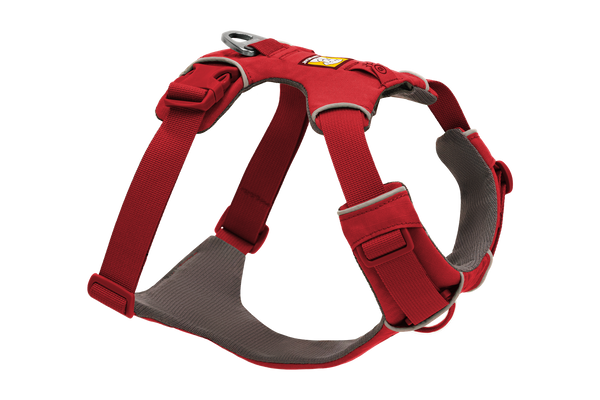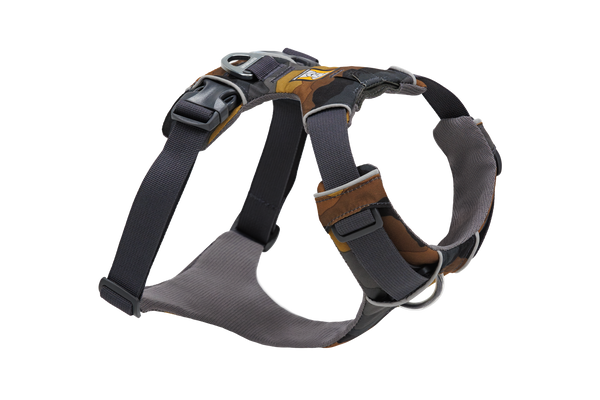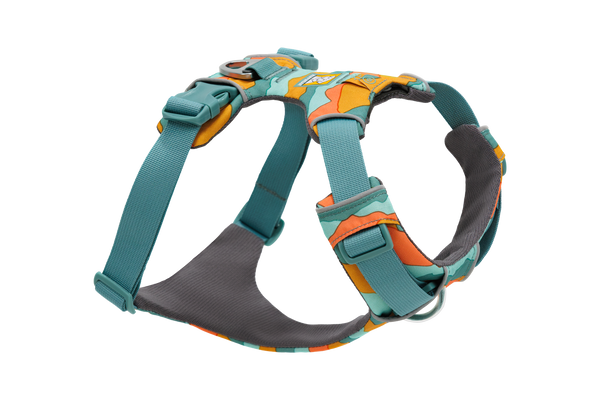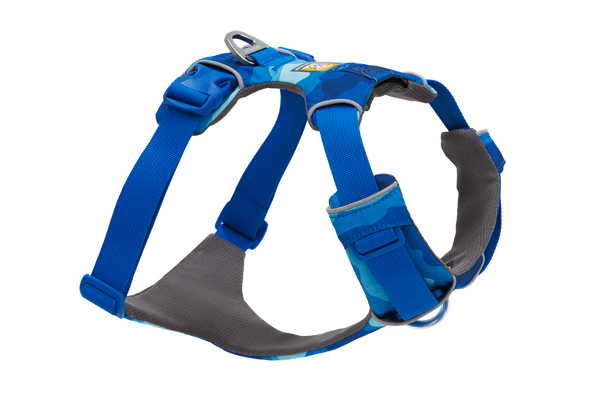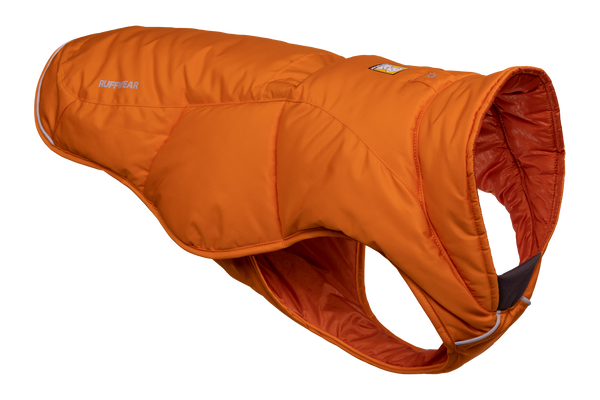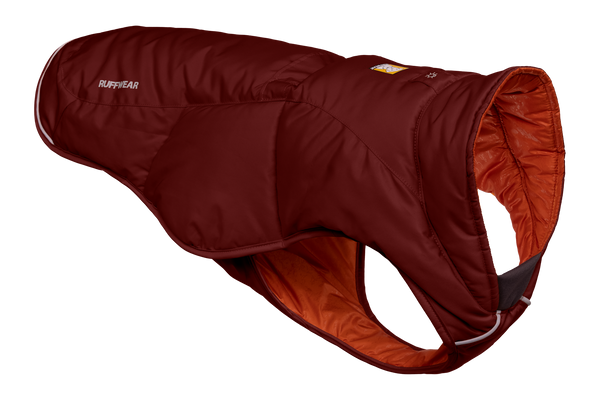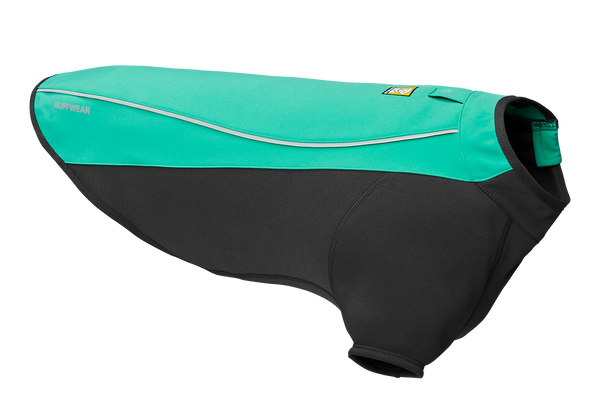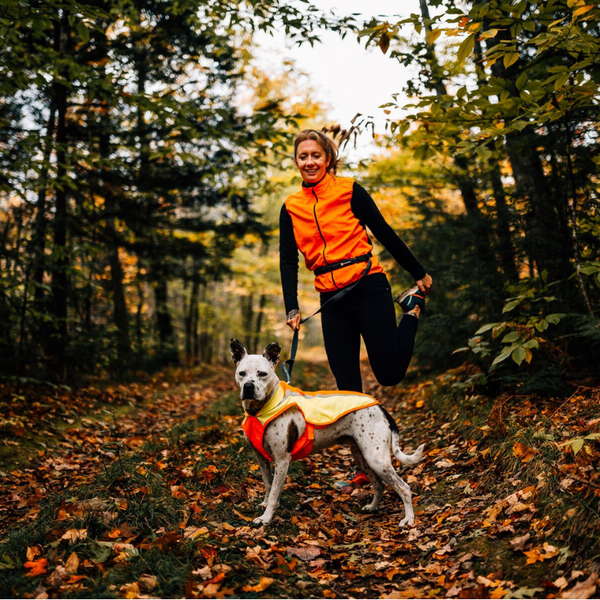The Value of a River
Jilkaat Heeni, the Tlingit name for a river that others know as the Chilkat River, means “Storage Container for Salmon.” The Tlingit people have stewarded the Chilkat Valley since time immemorial. Its watershed offers sustenance and habitat for both wildlife and people living in the nearby Klukwan and Haines communities.

Chris Hill lives in Haines with her fiancé Greg Schlachter and their pup Sammy. She and Greg have been fishing Alaskan rivers together for more than 7 years, and their community relies on the Chilkat River for clean water, subsistence fishing, tourism, and outdoor recreation.
In 2020, Chris and Greg had been planning their wedding when the COVID-19 pandemic put a pause on their plans. As the flow of life slowed and eddied, they heard about a litter of puppies available nearby and decided to bring Sammy into their lives.
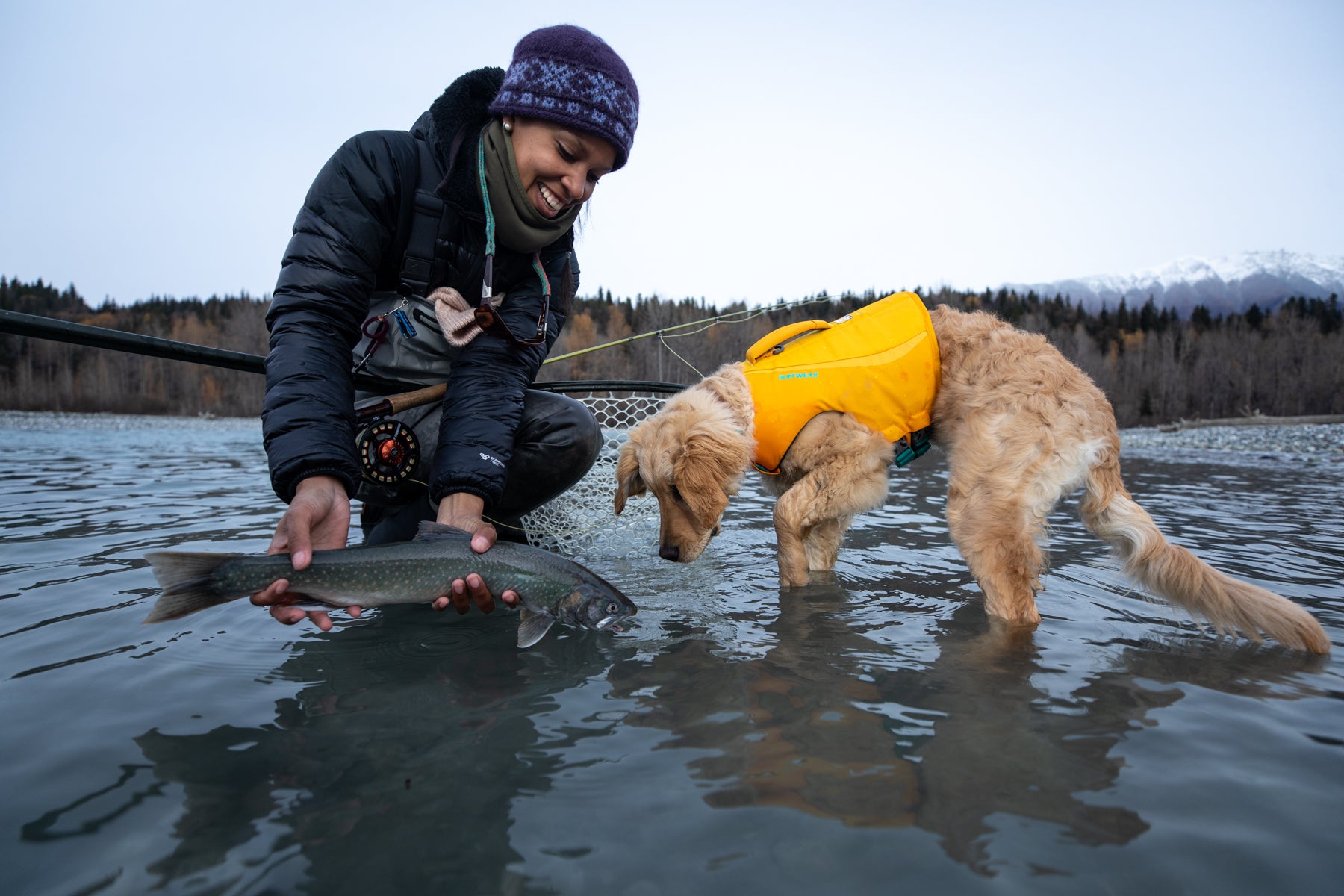
Chris Hill has a deep desire for social justice and a passion for the outdoors. She has been an avid adventurer since she was young, engaging in backpacking, climbing, and snowboarding around the world. Chris’ love for fly fishing started with her first lesson on the Brooks River in Katmai National Park, Alaska, in 2012. Her passion has since taken her all over the world, from the remote rivers of Alaska, to the tropical waters of Belize, to the small streams in Shenandoah National Park.
As an environmental lobbyist for the past decade and currently a Campaign Director at Sierra Club, Chris’ desire for a just, equitable, and sustainable future, one in which all people benefit from clean air, clean water, and have access to the outdoors, is rooted in community-based organizing. Chris got her start as a grassroots organizer in Appalachia, working to stop mountaintop removal coal mining and advance just transition.

Growing up in Maryland, Chris’ family had two golden retrievers, Fluffy and Dasher. These pups were a part of her childhood and instilled a love for the companionship of dogs. As an adult, Chris moved off to college, then law school, and starting her career, she traveled a lot. With this lifestyle, she didn’t imagine being able to have a dog again. That changed in 2020. Chris and Greg decided to postpone their wedding to 2021 due to the pandemic and safety concerns. They learned that a nearby friend had one more golden pup available out of a litter of twelve. Since the wedding was on hold and they didn’t have much going on, Chris and Greg decided to go see the puppies. They fell in love with Sammy and had to say yes – and instead of getting married, they got a puppy!
“Introducing Sammy to the river was pure joy!” -Chris Hill. As a puppy, Sammy took to life on the river, where she could chase sticks and leaves and run along endless flats. Like Chris, Sammy loves to be outside – hiking and fishing are their favorite ways to be in nature together.

With Sammy by her side, Chris finds herself slowing down, taking more breaks, and enjoying each moment on the river. She finds being in nature with Sammy to be rejuvenating, bringing clarity to her mind and soul.

“Seeing Sammy so joyful outside is a good reminder to be in the present moment, to experience the joys that nature can provide. She reminds me of the kid I was, being able to happily spend all summer outside. She loves the river and gets so excited when she knows we’re going fishing.” -Chris Hill

Yet, thirty-five miles upstream from Haines, Constantine Metal Resources is exploring for silver, zinc, copper, and gold deposits in an area of high rainfall and seismic activity. The proposed Constantine-Palmer mine carries the risk of contaminating the Chilkat River watershed and threatening the health of the communities and wildlife that rely on it.
The headwaters of the Chilkat River emerge from the Chilkat Glacier in British Columbia on a 52-mile journey through Southeast Alaska into the Chilkat Valley, which is the traditional lands of the Tlingit people and includes the communities of Klukwan and Haines.

The river provides critical spawning habitat for all five species of Pacific salmon, eulachon, and trout, and it’s Southeast Alaska’s top wild coho salmon run. In addition, the watershed hosts the world’s largest annual congregation of bald eagles. The geology of the river creates a warm reservoir of groundwater that freezes much later in the year. This allows for salmon to spawn later and longer, which is why the bald eagles come to feast on the dead salmon. The watershed is home to mountain goats, wolves, brown and black bears, moose, coyotes, lynx, otters, shore birds, ect. All of this combined makes the river valley one of the most biologically diverse regions in Alaska.
It’s a beautiful example of how nature works. Everything works in sync, in a cycle: the salmon, the bears, the eagles, the forest, the people.
Constantine Metal Resources, a Canadian company, is seeking to establish a mining operation along a tributary river of the Chilkat River. The proposed mining project promises a short-term boon in the form of job opportunities to an area that has been hit hard by the pandemic. Yet, the long-term impacts of the mine could be severe.
The acid waste produced by the mining operation would be exacerbated by the geology and climate of the river valley, increasing the likelihood and impact of leaching acidic wastewater to the watershed. And while the mining project might last 10-15 years, the cleanup could be indefinite, continuing to threaten the world’s largest seasonal bald eagle gathering, Southeast’s top wild coho run, and drinking water of residents from Klukwan and Haines, communities that rely heavily on the river’s abundance of wild salmon for subsistence, economy, and way of life. On top of this, the area is prone to earthquakes and the impacts of climate change. Seismic activity, severe storms, and other natural events that are common in the region and will likely increase in coming decades as climate patterns shift, could have further impacts on wastewater storage and mining operations.
Yet, the communities along the Chilkat River are divided. Like many communities around the world, they are faced with a choice: Will they opt for a short-term gain with potentially catastrophic long-term effects, or will they choose to reimagine community needs and economic stability and protect a river that shapes their way of life?
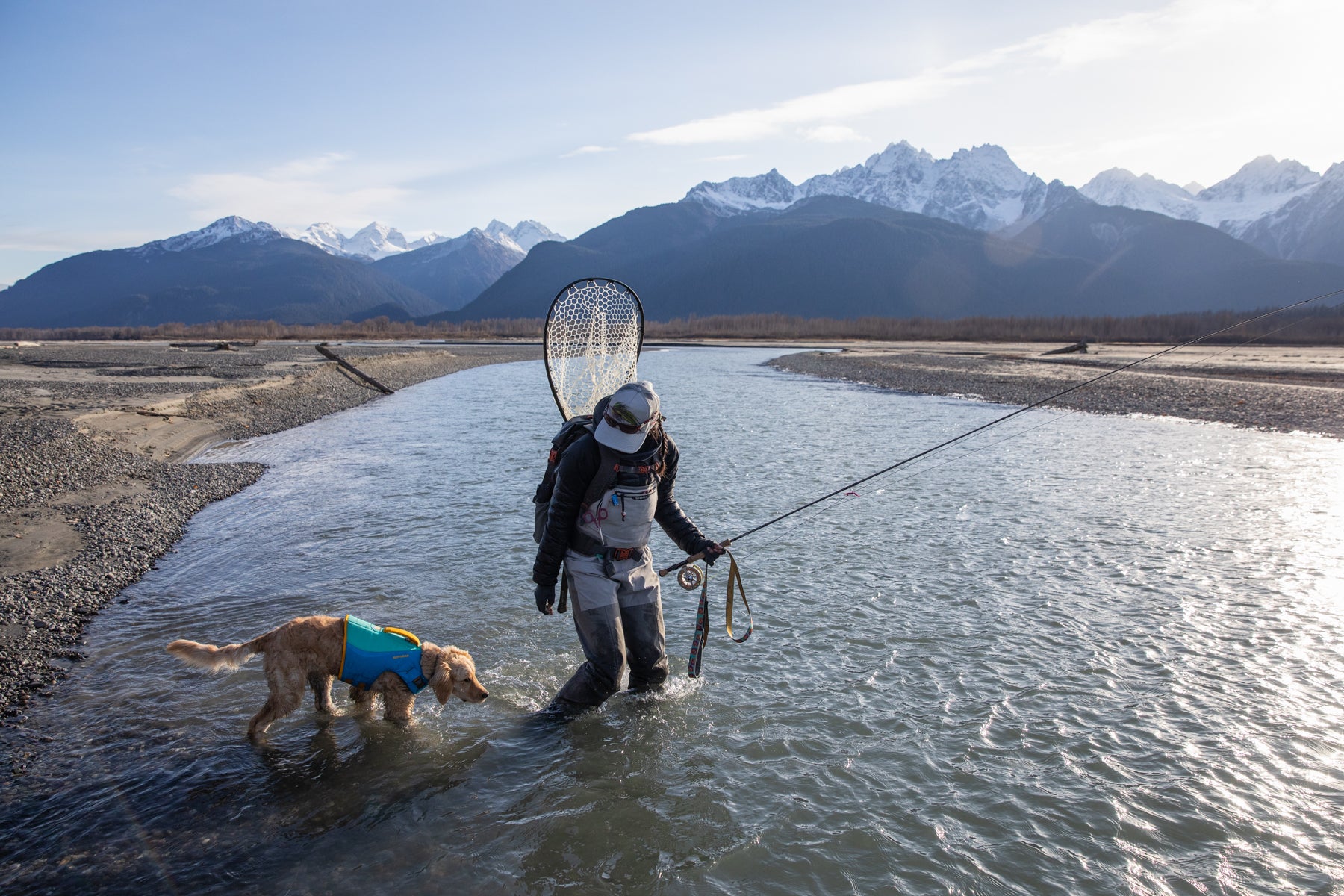
“People fish for various reasons, and sometimes those reasons change over time. I like catching fish, but I really like fly fishing for the healing effects it and nature have on my body. Being outside, recreating outside, has not only helped my physical health, but also mental health.” -Chris Hill

The proposed mine would threaten the healing and health benefits, subsistence way of life, tourism and outdoor recreation, and wildlife habitat that the river offers to people in the valley.

“I believe that if people come together to begin to reimagine what resilient local economies and community needs are for Haines, they will see the diverse landscape of opportunities out there that far outweigh the short term benefits, but long term risk, for this proposed mine.” -Chris Hill




